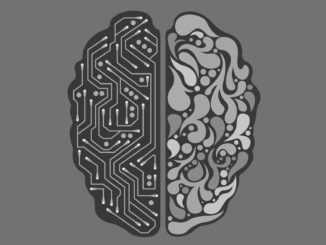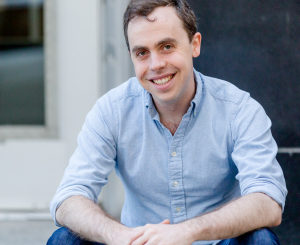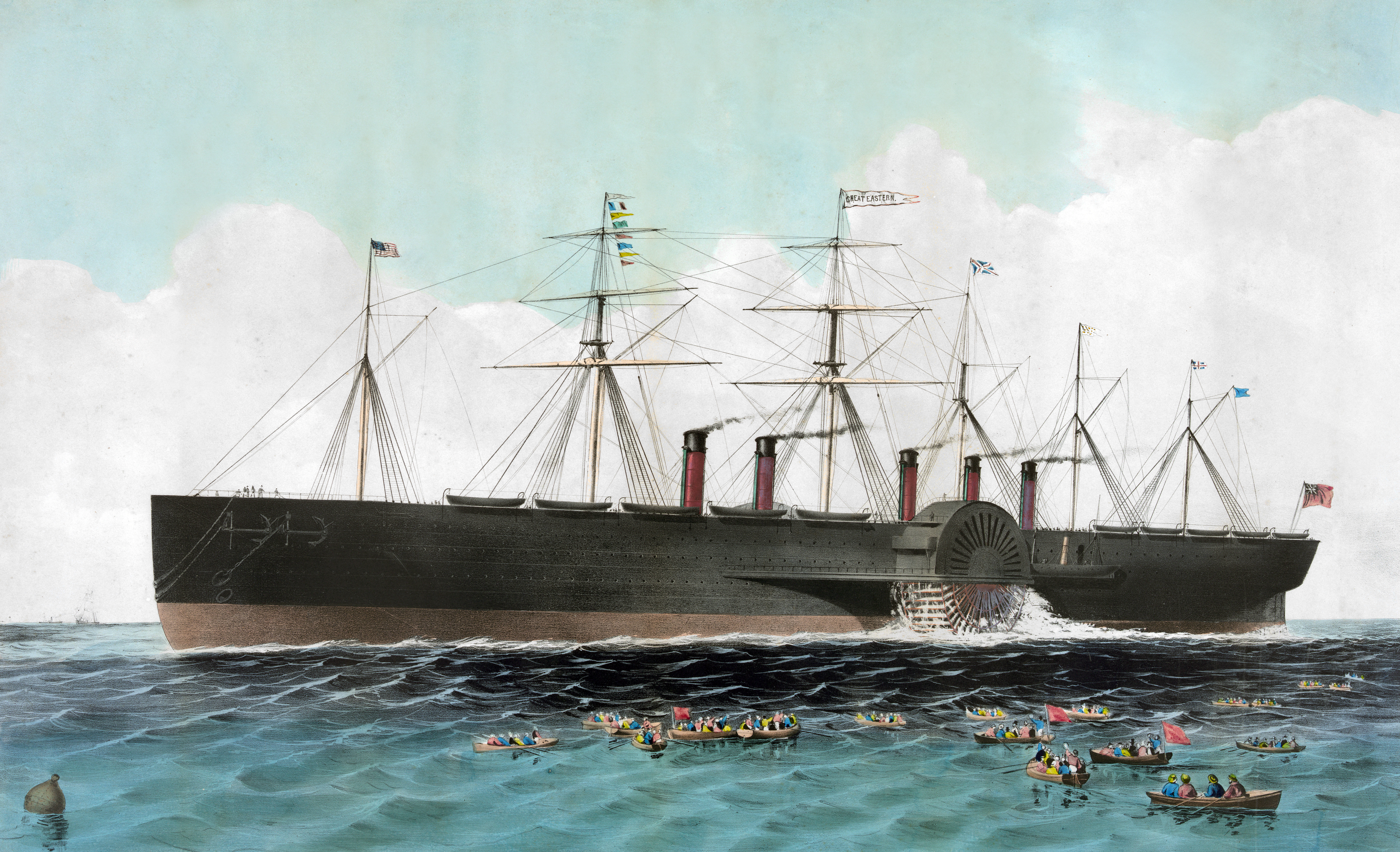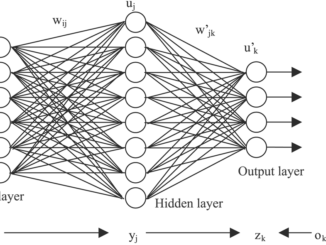
Year: 2019

Conversation notes

Blog

Conversation notes

Blog

Blog

Blog

Conversation notes

Featured Articles

Continuity of progress

Historical Continuity of Progress